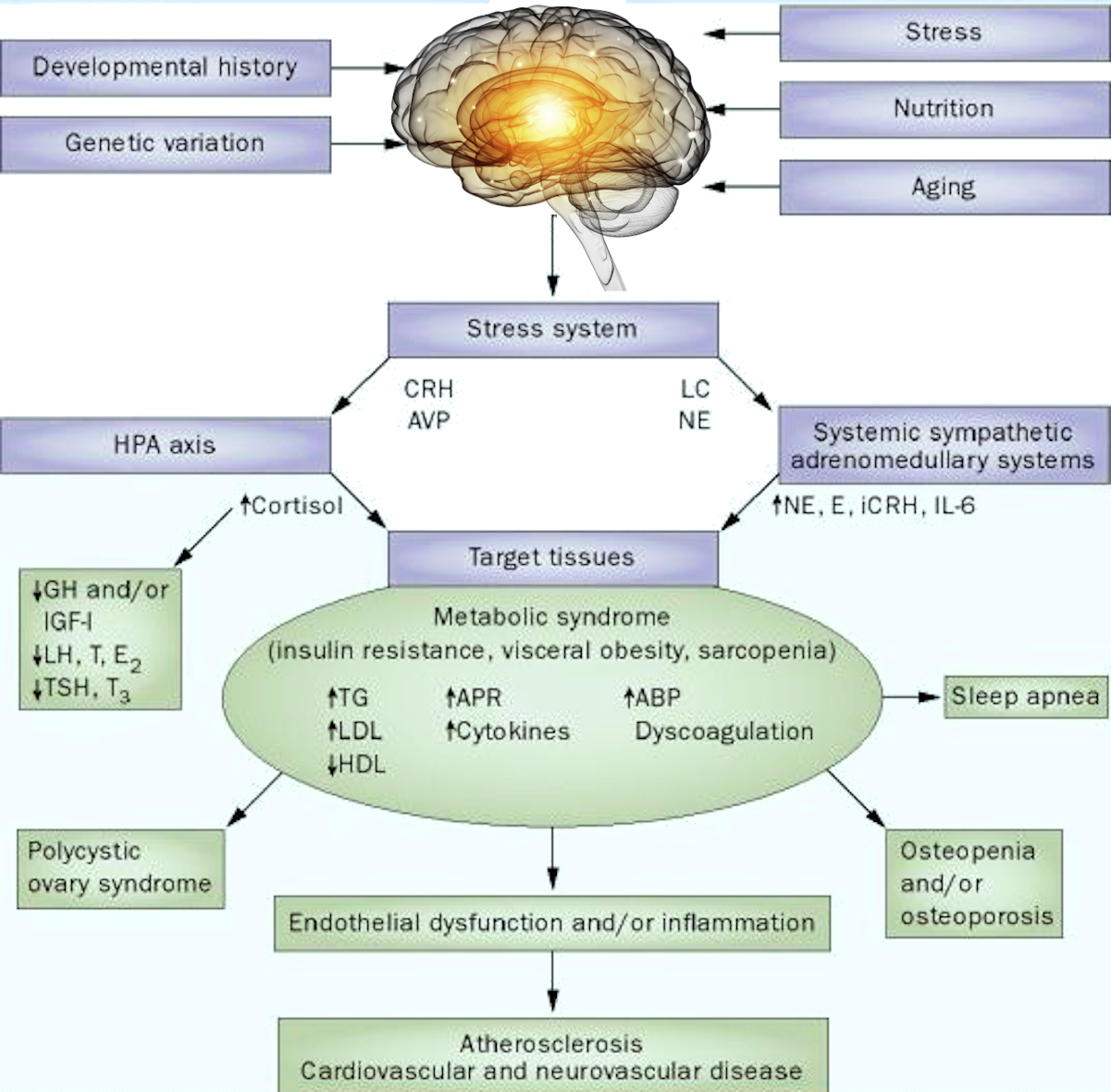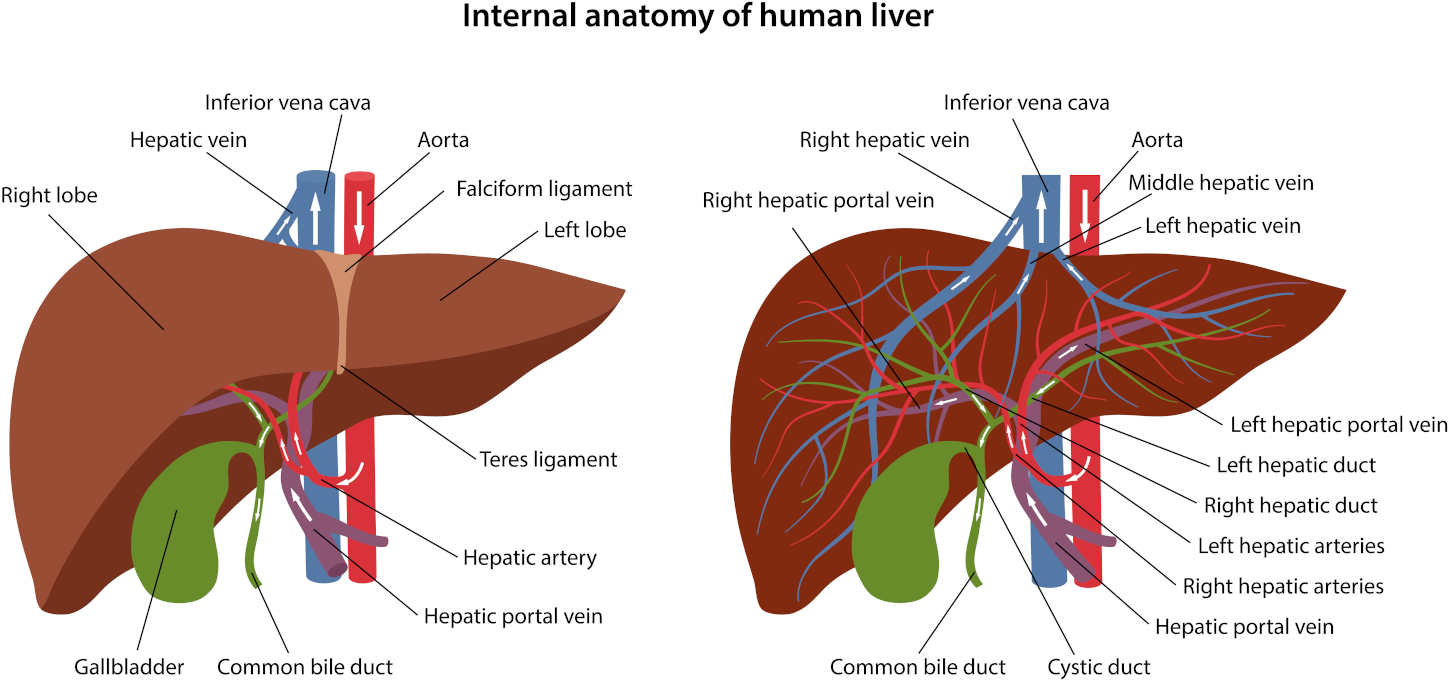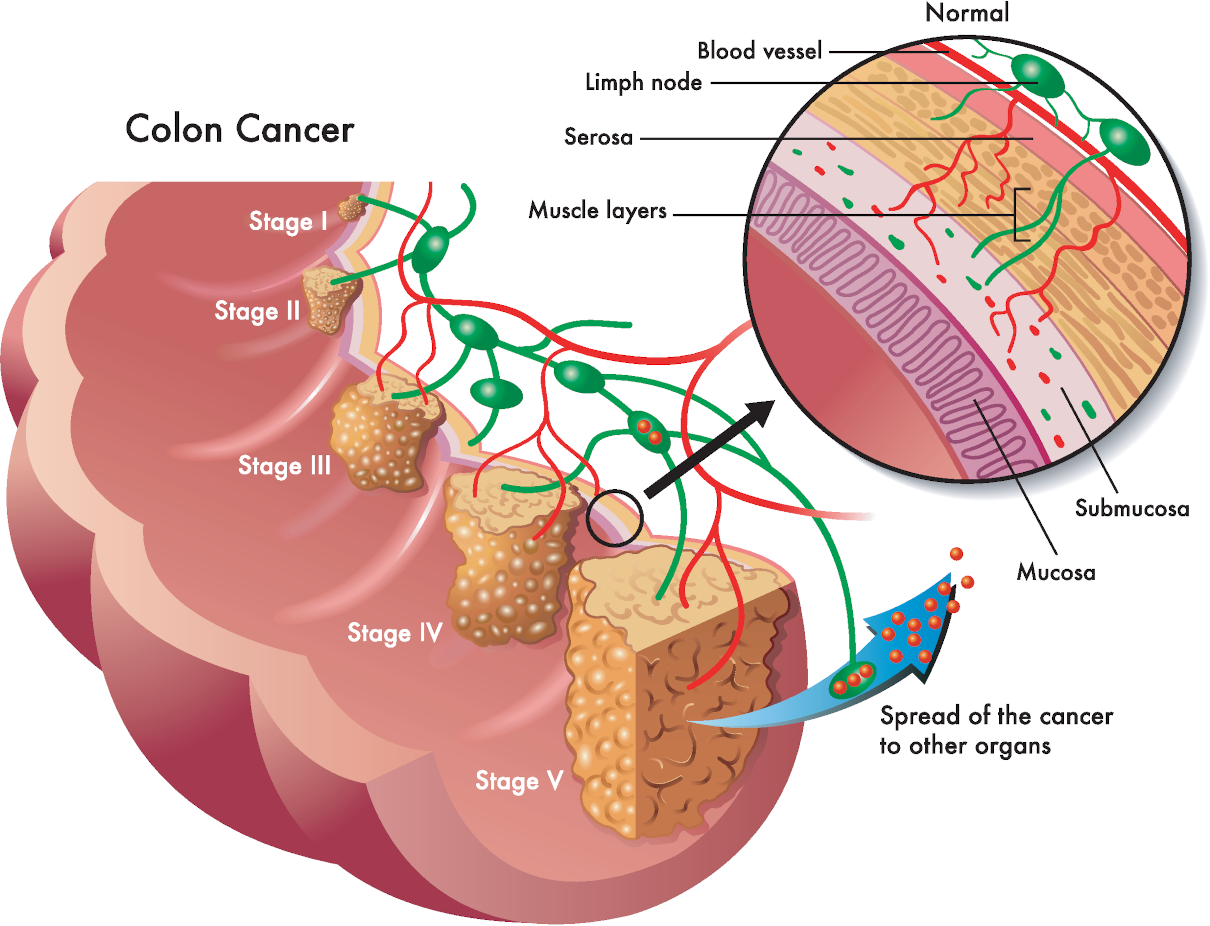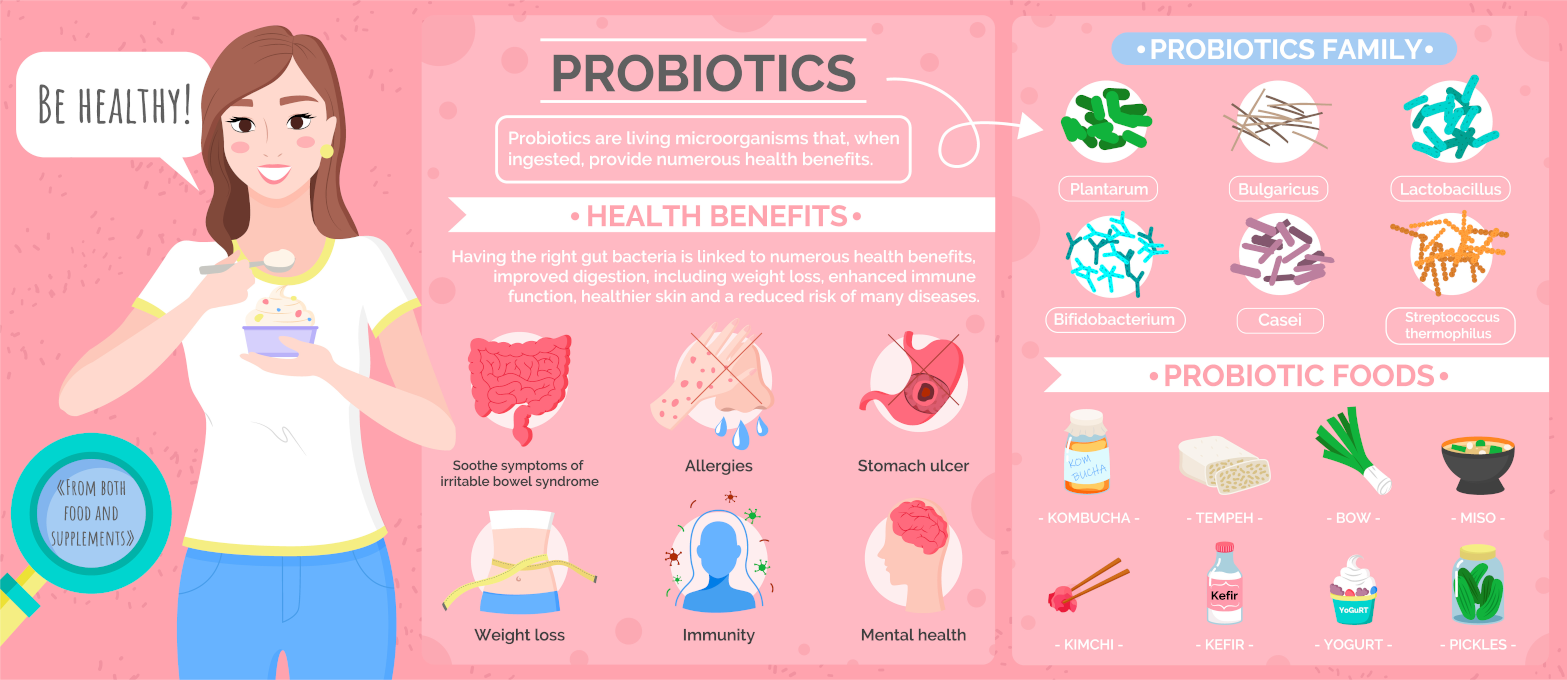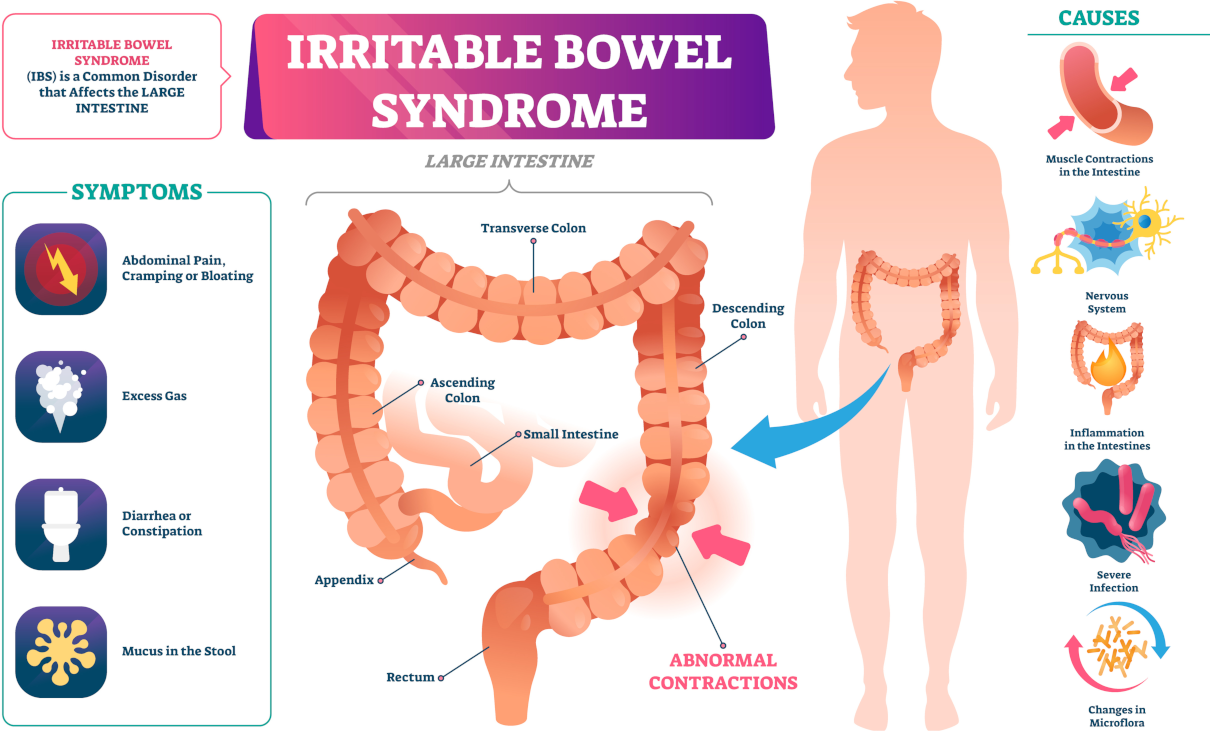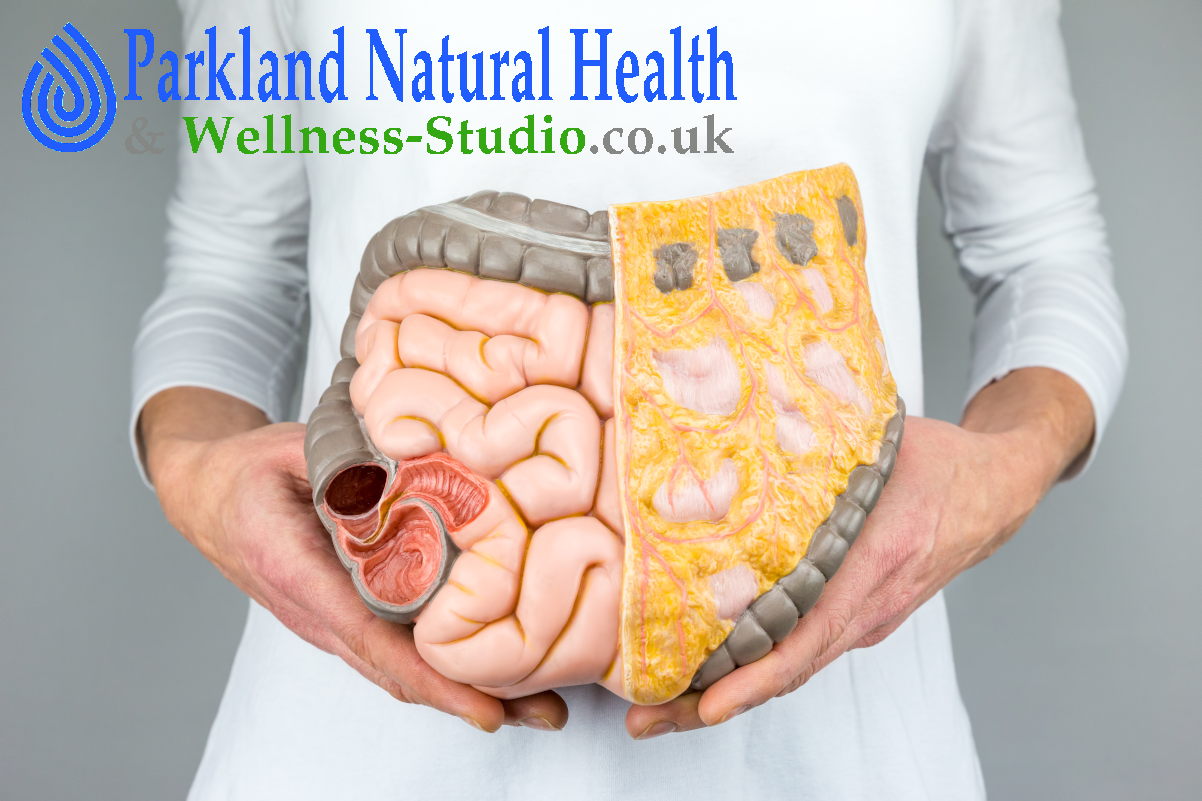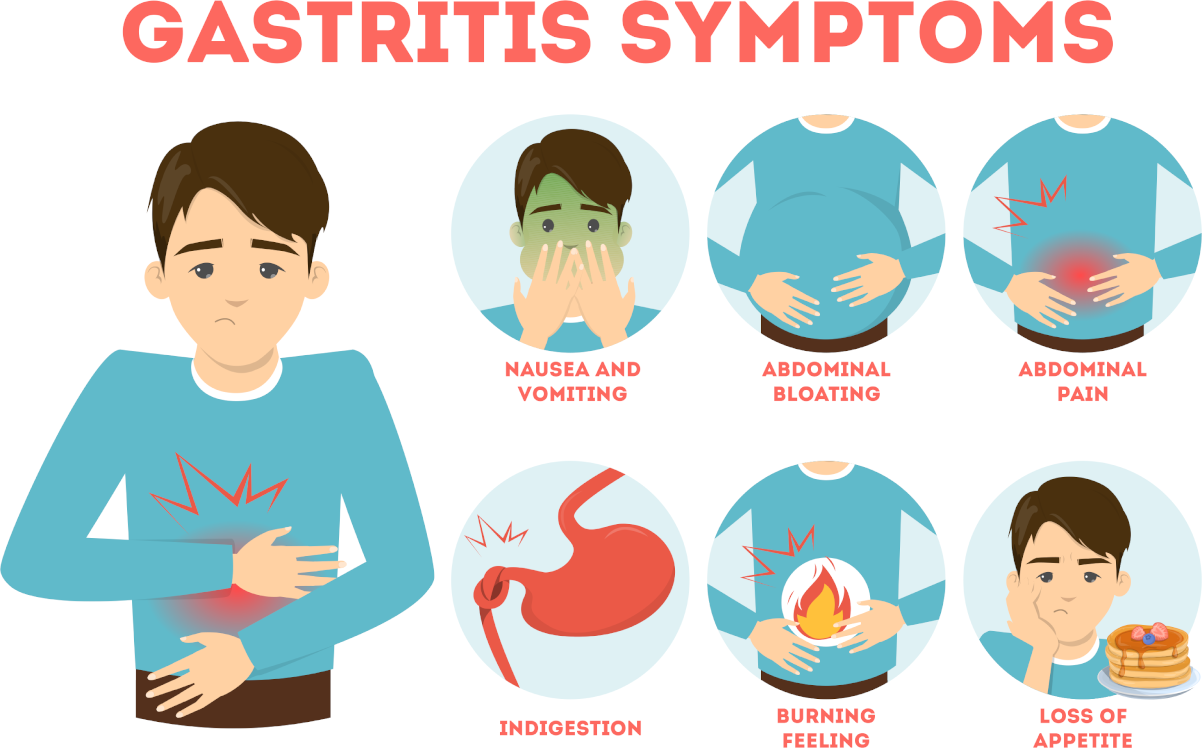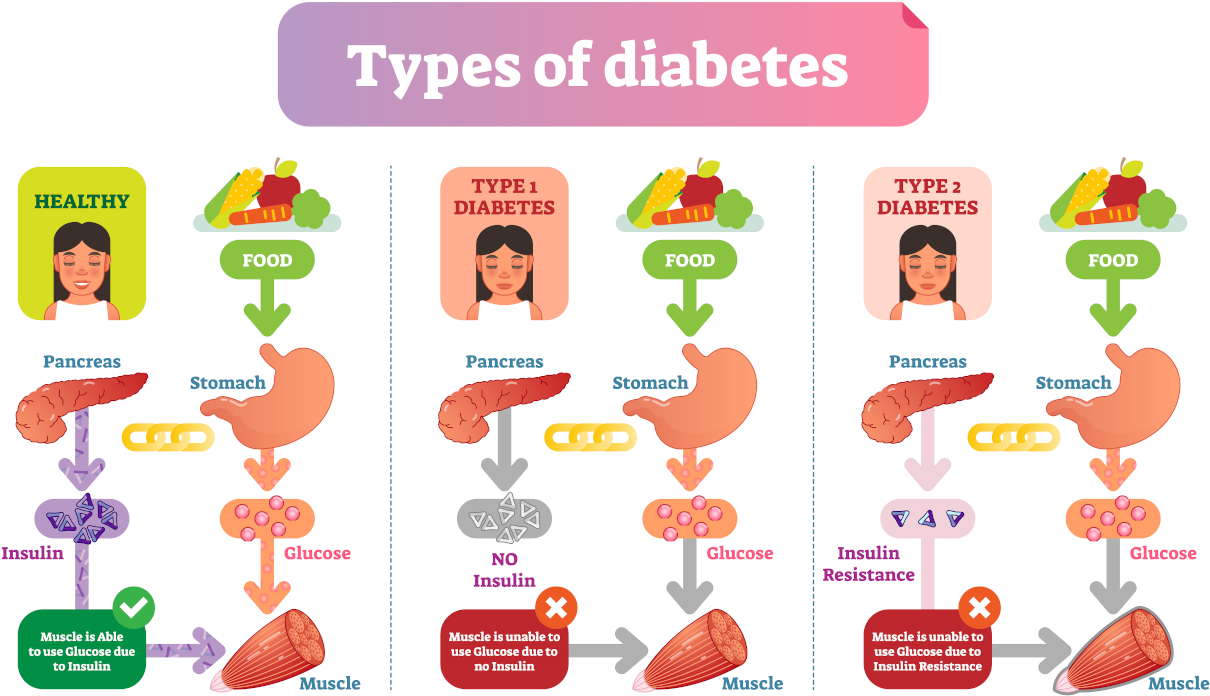
Glucose is an important energy source for the body and is essential for the adequate functioning of the brain. For this reason, it is always well detectable in the blood. Our body needs a blood sugar balance. The amount of glucose in the blood is called the glycaemic level. When the stomach is empty, the glycaemic level is about 1g of glucose for every litre of blood.
When the glycaemic level falls below 1g, the pancreas secretes a hormone called glucagon, which releases stored glucose from the liver and muscles to return the glucose level to normal. When we eat carbohydrates, the glucose we absorb into the bloodstream causes the glycaemic level to rise and reach its peak. As the glucose level increases, the pancreas is triggered to release another hormone called insulin, which ensures excess glucose is removed from the blood and stored in the liver and muscles for future use, bringing the glucose level to its normal status. Besides, this whole process takes about three hours to complete.
Typical Glucose Curve. Approximately one hour after eating a balanced meal consisting of complex carbohydrates, protein and some fats, blood glucose levels peak at about 170mg/100ml of blood. Two hours after the meal, blood glucose levels drop back to the starting point and level out.
Blood sugar balance and hypoglycaemia
Hypoglycaemia (low blood sugar) occurs when refined carbohydrates and sugars are rapidly digested, raising blood sugar levels well above the safe range. Abnormally high blood glucose is toxic to cells and can damage tissues like the eye’s retina. The pancreas secretes extra insulin to restore blood sugar balance and protect cells from damage.
However, when the pattern of high blood glucose continues, the pancreas overreacts and secretes excessive amounts of insulin. Thus, an excessive amount of glucose moves from the blood into the cells or accumulates as fat in adipose tissue, the fat cells, once glucose is saturated. It results in hypoglycaemia. Rapid drops in blood glucose levels starve the brain of its primary fuel, glucose, and we experience symptoms such as anxiety, irritability, panic attacks, depression, low concentration, etc. To restore the blood glucose balance, we start craving sugary and starchy carbohydrates that will raise blood glucose levels quickly, and the cycle of extreme highs and lows of glucose levels begins all over again.
Also, stimulants and stress can raise blood glucose levels via adrenaline, preparing the body for the fight-or-flight response. The liver and muscles release excess glucose in response to a perceived emergency. As the ‘stressors’ are false alarms, the body does not utilise the extra blood glucose through activity. As a result, levels remain high, causing the cycle of hypoglycaemia to start all over again.

Anti-candida Mini Detox – three colonics with bicarbonate of soda
The Anti-candida mini detox involves a concentrated series of three colonics infused with bicarbonate of soda, ideally scheduled once weekly. This regimen serves as a potent initiation into a detoxifying cleansing routine, setting the pace for rejuvenation.
Hypoglycaemia and Diabetes
Research has shown that over the years of eating a low diet, two things may happen or a combination of both:
- The pancreas can no longer secrete sufficient amounts of insulin to lower blood sugar levels.
- Cell receptors become insensitive to insulin. Thus, even though the pancreas releases adequate insulin into the blood, it cannot reach the cells to lower blood glucose levels.
Both are combined most frequently, resulting in elevated blood glucose levels and Type II Diabetes!
A person’s history is usually the basis for a diagnosis of hypoglycemia. Symptoms typically include fluctuating energy (fatigue usually worsens in the afternoon). Sufferers often feel tired when they wake up as their blood sugar level drops considerably overnight. Another common symptom is a craving for sweet or starchy foods, which reflects the body’s natural desire for foods that will restore blood sugar levels quickly. The brain is a very glucose-dependent organ. Therefore, hypoglycaemia will often precipitate mental symptoms such as irritability and low concentration.
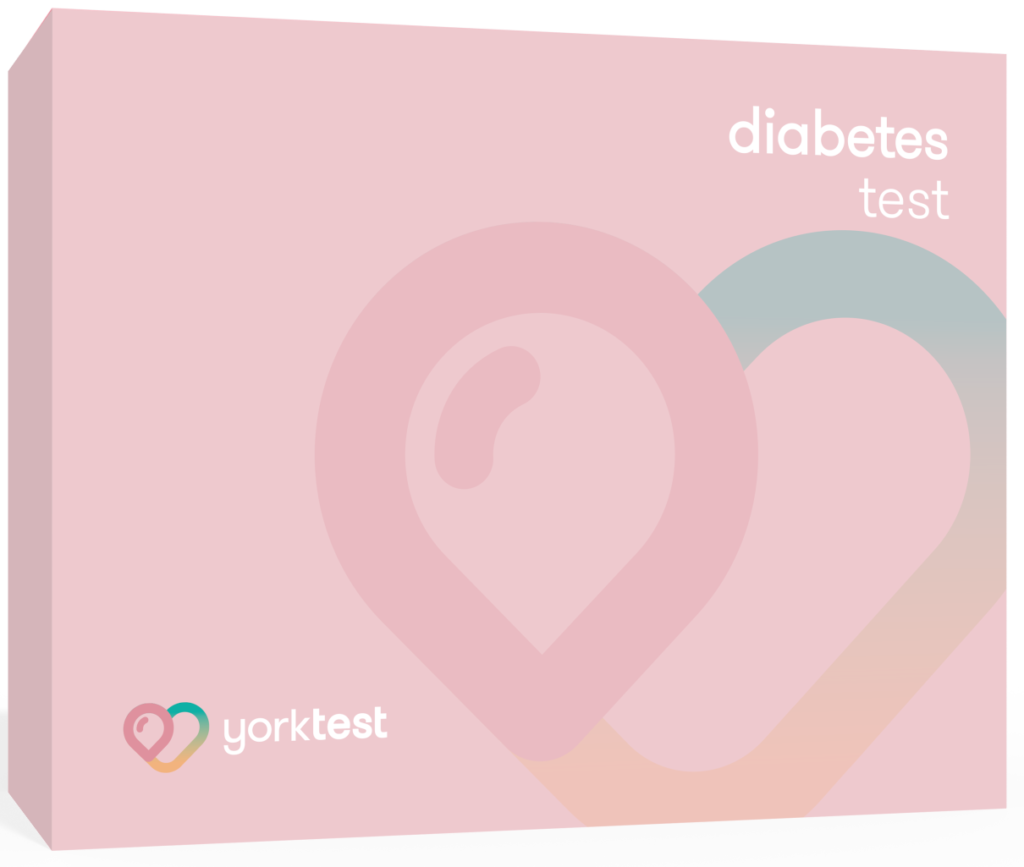
Diabetes test
The Diabetes Test is a quick and easy home-to-lab finger-prick blood test that measures glycosylated haemoglobin A1c (HbA1c) levels in your blood. HbA1c measures your average blood glucose (sugar) levels over the past three months. As a result, this test is a helpful indicator and allows for early detection of risk for diabetes.
Symptoms
Frequent signs and symptoms:
- Weakness or fainting
- Sweating
- Excessive hunger
- Craving for sweets
- Feeling tired if you missed a meal
- Feeling tired an hour or so after eating
- Dizziness when standing suddenly
- Occasional shakiness
- Afternoon fatigue
- Occasional blurry vision
- Overweight
- Frequent headaches
- Poor memory
- Confusion
- Frequent anxiety, nervousness,
- Trembling hands
- Depression or mood swings
- Premenstrual syndrome
- Atherosclerosis (furring of the arteries
- Intermittent claudication (painful cramp in the calf muscle due to lack of oxygen)
- Elevated cholesterol levels
- Heart palpitations or irregularities
Causes
- Excessive intake of carbohydrates is the most common cause and triggers the pancreas to secrete too much insulin;
- Heavy exercise can rapidly deplete available energy stores;
- Pregnancy , providing for the needs of the foetus, places additional demands on sugar control mechanisms;
- Drugs such as tobacco, caffeine, alcohol, aspirin, and several prescription drugs;
- Diseases such as kidney failure.
Diet blood sugar balance
Consume a diet high in fibre and complex carbohydrates. Water-soluble fibre slows digestion and increases cell sensitivity to insulin. Moreover, it improves glucose uptake by the liver and other tissues, preventing a sustained elevation in blood sugar. High-fibre foods include most vegetables (eaten raw or lightly steamed), beans, potatoes, soy products, and fruits, especially apples, apricots, bananas, avocados, cantaloupe melon, grapefruits and lemons.
Remove or limit all alcohol, canned and packaged foods, refined and processed foods, dried fruits, salt, sugar, saturated fats, soft drinks, and white flour from the diet. Also, avoid foods containing artificial colours and preservatives. Avoiding alcohol is also beneficial because it interferes with average glucose utilisation and increases insulin secretion. The resulting drop in blood sugar balance produces a craving for foods that quickly elevate blood sugar and a desire for more alcohol.
Avoid sweet fruits and juices such as prunes and grapes. If you drink these, mix them with an equal amount of water.
Eat low-fat cottage cheese, fish, grains, nuts, seeds, skinless white turkey or chicken breast, and low-fat yoghurt for protein.
Don’t go without food or consume large, heavy meals. Eat six to eight small meals throughout the day.
Use a rotary diet – food allergies and intolerances are often associated with hypoglycemia and can make symptoms more severe.
Stress is a significant factor in hypoglycaemia, as it affects the adrenal glands and blood sugar levels.
Avoid tea, coffee, or any drinks containing caffeine. These affect adrenal function and raise blood sugar levels.
Drink at least 1.5 litres of good quality water a day.
Supplements
Take a high-potency multivitamin and mineral supplement with at least 400IU of folic acid, 400IU of vitamin B12, and 50-100mg of vitamin B6. An excellent daily multiple providing all known vitamins and minerals is a foundation for building an individualised health-promoting programme.
Chromium is an essential constituent of the glucose tolerance factor. In addition, chromium functions as a co-factor in all insulin-regulating activities and plays a significant role in the sensitivity of the cells to insulin.
Milk thistle protects the liver from toxins, including drugs and chemicals. It also reduces damage from excessive alcohol intake and helps to clear psoriasis. So, 200mg of it a day is enough.



